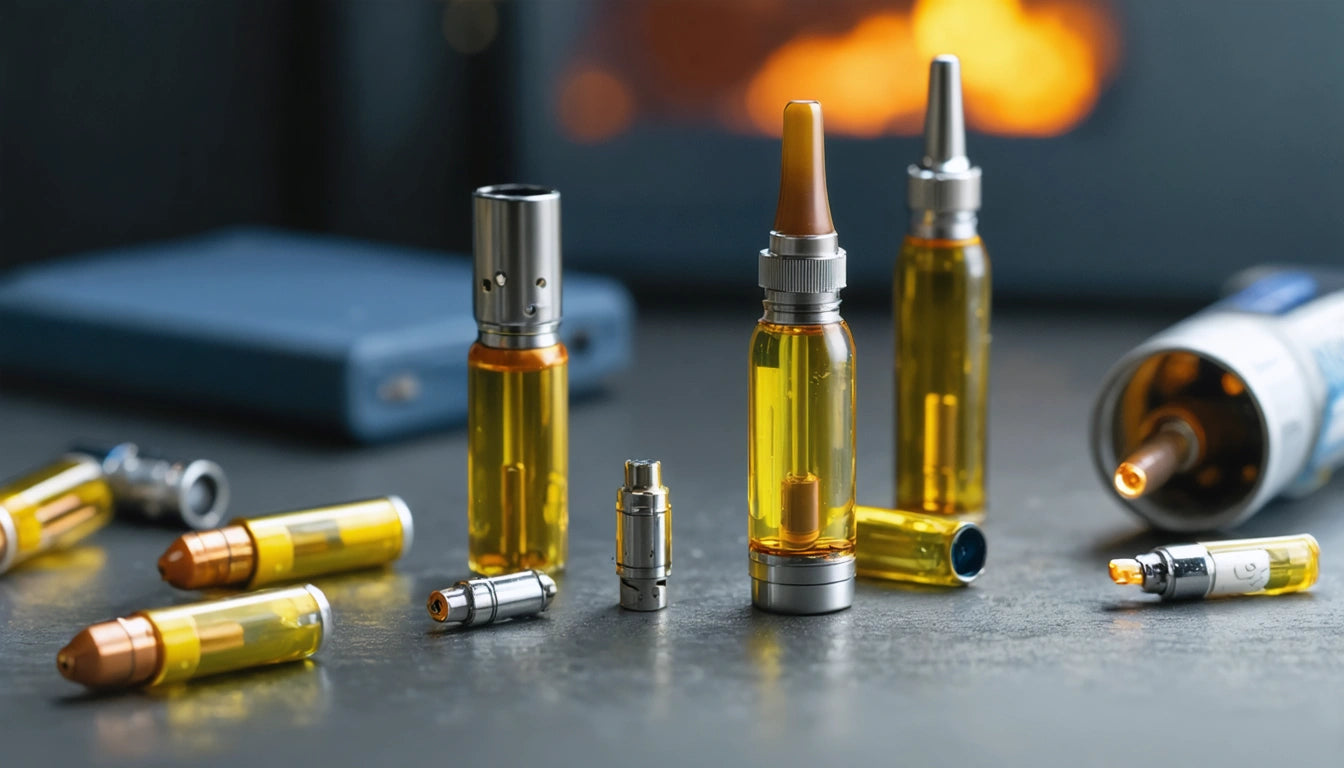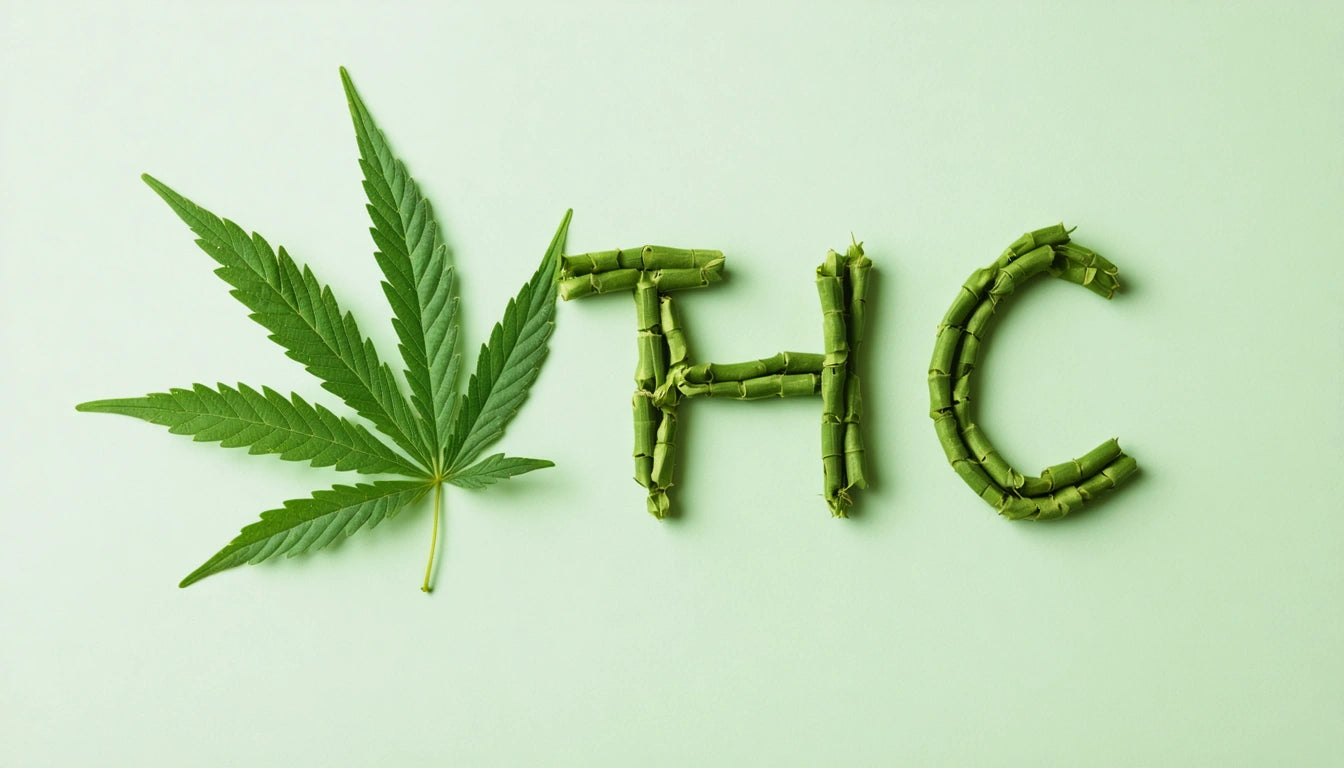Table of Contents
- Understanding Cannabis Concentrates
- Live Resin: Flash-Frozen Terpene Preservation
- Rosin: Solventless Extraction Method
- Budder: Whipped Consistency and Effects
- Crumble: Dry Texture and Versatility
- Consumption Methods and Tools
- Storage and Safety Considerations
- Selecting the Right Concentrate for Your Needs
Cannabis concentrates have revolutionized consumption methods by offering potent, refined experiences that highlight specific plant compounds. Understanding the differences between live resin, rosin, budder, and crumble helps consumers make informed decisions based on their preferences for potency, flavor, and consumption method.
Understanding Cannabis Concentrates
Concentrates are cannabis products created by extracting cannabinoids and terpenes from plant material. These extractions result in products with significantly higher THC percentages than traditional flower, often ranging from 60-90% potency. According to this comparison guide, concentrates generally fall into two categories: solvent-based and solventless extractions.
Solvent-based methods use chemicals like butane, propane, or COâ‚‚ to strip compounds from the plant material, while solventless methods use pressure, temperature, or mechanical separation. Each method produces distinct textures, potencies, and flavor profiles that appeal to different consumer preferences.
Live Resin: Flash-Frozen Terpene Preservation
Live resin stands out for its exceptional flavor profile and aromatic properties. The production process begins with flash-freezing freshly harvested cannabis plants, preserving the volatile terpenes that would otherwise degrade during drying and curing.
Key characteristics of live resin include:
- Extraction from frozen plant material rather than dried and cured flower
- Higher terpene content compared to other concentrates
- Typically amber or golden in color with a wet, sauce-like consistency
- Usually extracted using butane or propane as solvents
The resulting product captures the plant's full terpene profile, offering a more complex flavor experience that closely resembles the living plant's aromatic qualities. This makes it particularly popular among consumers seeking authentic strain-specific effects.
Rosin: Solventless Extraction Method
Rosin has gained popularity as a solventless alternative that delivers potent results without chemical processing. As explained in this resource on extraction methods, rosin is produced using only heat and pressure to squeeze resinous sap from cannabis flower, hash, or kief.
Distinguishing features of rosin include:
- No chemical solvents used in production
- Full-spectrum extraction preserving cannabinoids and terpenes
- Typically gold to amber in color with a sap-like consistency
- Can be produced at home with basic equipment
The solventless nature of rosin appeals to health-conscious consumers and medical patients concerned about potential residual solvents in their concentrates.
Budder: Whipped Consistency and Effects
Budder (sometimes called badder) is known for its creamy, butter-like consistency achieved through agitation during the extraction process. This concentrate begins as BHO (butane hash oil) or another solvent-based extract that's then whipped during purging.
Notable aspects of budder include:
- Smooth, malleable texture making it easy to handle and dab
- Typically higher terpene content than shatter or crumble
- Usually yellow to golden in color
- Created through post-extraction processing techniques
The whipping process introduces air into the concentrate, altering its molecular structure and creating the signature creamy consistency that many dabbers prefer for its ease of handling.
Crumble: Dry Texture and Versatility
Crumble is distinguished by its dry, crumbly texture that breaks apart easily. It's typically produced using a solvent extraction method with longer purging times at lower temperatures.
Key features of crumble include:
- Dry, brittle consistency that easily breaks into small pieces
- Lower moisture content than other concentrates
- Usually light yellow to pale gold in color
- Versatile for dabbing, topping bowls, or adding to joints
The extended purging process removes more moisture and terpenes, resulting in a product that's less flavorful than live resin or budder but often preferred for its stability and ease of handling.
Consumption Methods and Tools
Each concentrate type requires specific tools and techniques for optimal consumption. According to this guide on dabbing devices, the most common methods include:
- Dabbing with a dab rig, nail, and torch
- Using electronic dab rigs or e-nails
- Vaporizing with concentrate-compatible vape pens
- Adding to flower in joints or bowls ("topping")
Temperature control is crucial when consuming concentrates. This guide on dabbing techniques recommends lower temperatures (315-450 °F) for preserving terpenes and delivering smoother hits, while higher temperatures produce more substantial vapor but may sacrifice flavor.
Storage and Safety Considerations
Proper storage is essential for maintaining the quality of concentrates. This resource on storage tips recommends keeping concentrates in airtight, opaque containers in cool environments to preserve potency and prevent degradation.
Safety concerns extend beyond preservation to include proper packaging, especially in households with children. Safety standards for concentrate packaging increasingly follow similar protocols to pharmaceutical products, requiring child-resistant containers to prevent accidental ingestion.
Additionally, consumers should be aware of potency levels when using concentrates. This guide on reading concentrate labels explains how to interpret testing information to ensure appropriate dosing.
Selecting the Right Concentrate for Your Needs
When choosing between live resin, rosin, budder, and crumble, consider these factors:
- Flavor priority: Live resin and rosin offer superior terpene profiles
- Production method preference: Rosin for solventless, others for solvent-based
- Consistency preference: Budder for creamy texture, crumble for dry handling
- Medical applications: Full-spectrum options like rosin may provide enhanced therapeutic effects
For medical patients, this guide on medical concentrate use provides additional considerations regarding dosing, consumption methods, and potential benefits for specific conditions.
Understanding these distinctions allows consumers to make informed choices based on their preferences for flavor, potency, and consumption method, ensuring the optimal experience with cannabis concentrates.











Leave a comment
All comments are moderated before being published.
This site is protected by hCaptcha and the hCaptcha Privacy Policy and Terms of Service apply.